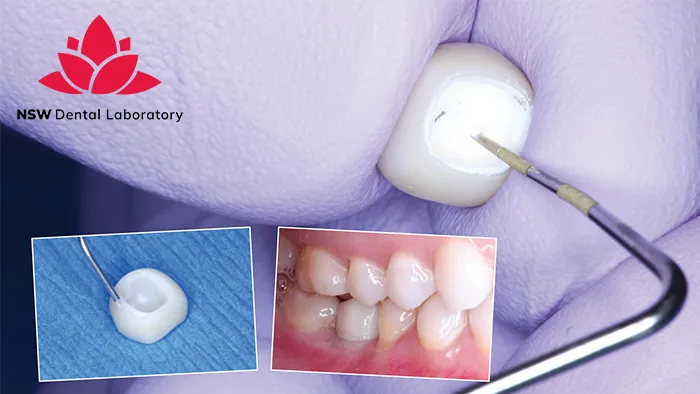Zirconia Crowns: Advantages and Disadvantages
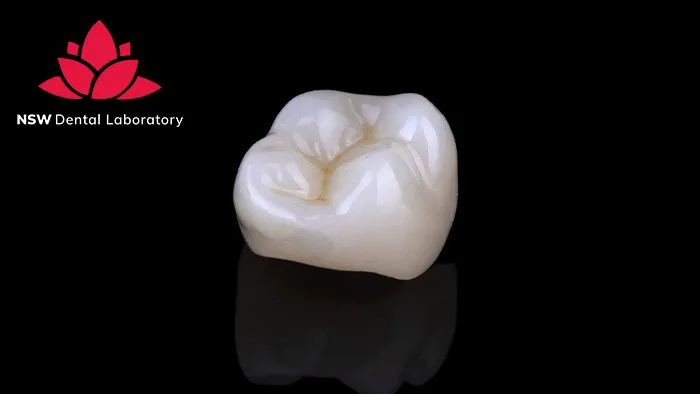
A Dental Crown is the most common temporary restorative method used to cover damaged, decayed, or weakened teeth, helping to restore their shape, size, strength, and natural aesthetics. Dental crowns can be made from various materials, including porcelain, zirconia, metal, or a combination, depending on the patient’s needs and preferences. Zirconia Crowns stand out as the ideal and most popular choice due to their well-established advantages.
So, what exactly is a Zirconia Crown? Why should you choose one? What are its advantages and disadvantages, and what types of Zirconia Crowns are available? Let’s explore all these aspects in our latest blog!
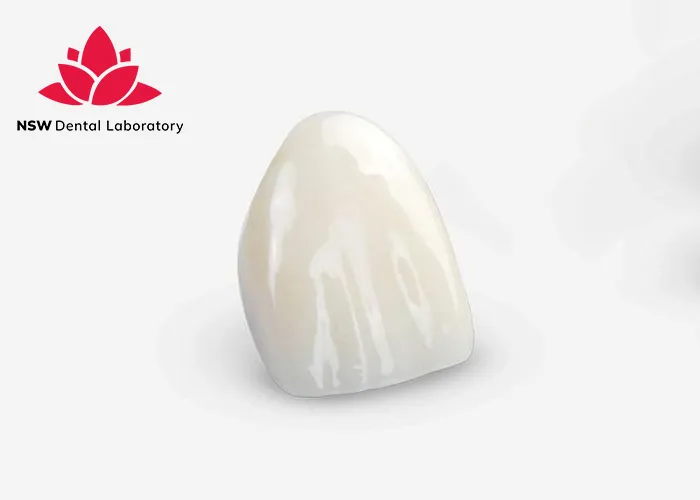
What Is Zirconia Crowns?
Zirconia Crowns are made from zirconium dioxide, a renowned ceramic material known for its exceptional strength, durability, natural appearance, and excellent biocompatibility. They are used to restore teeth that have been damaged by decay, fractures, discoloration, or other aesthetic concerns. These crowns strike the perfect balance between aesthetics and functionality, seamlessly blending with existing teeth while maintaining maximum hardness. This makes them an excellent choice not only for molars but also for highly visible front teeth.
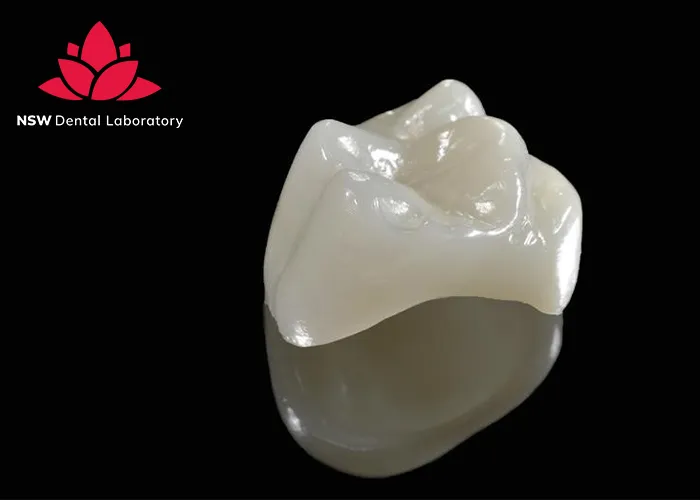
Reasons To Get A Zirconia Crowns
Dentists often recommend zirconia crowns for the following reasons:
- Protect a weakened tooth from breaking.
- Covering a dental implant.
- Restoring broken or worn teeth.
- Supporting a dental bridge.
- Concealing discolored or misshapen teeth.
- Treating teeth after a root canal procedure.
- Covering and supporting teeth with large existing fillings.
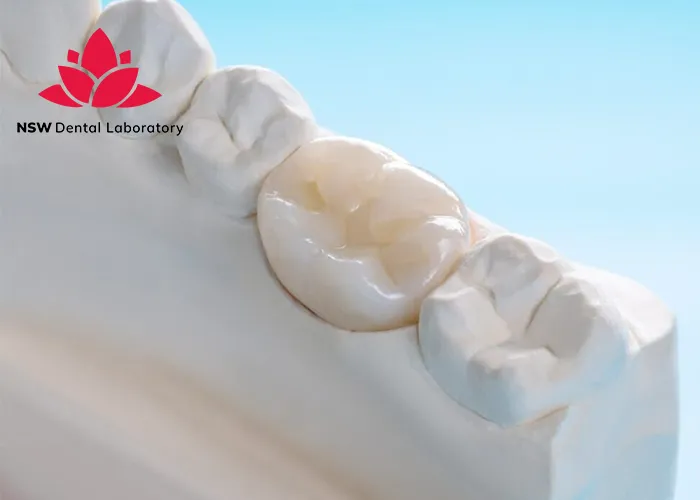
Advantages and Disadvantages of Zirconia Crowns
Advantages
- Aesthetics: The translucent nature of zirconia crowns closely reflects and mimics natural teeth. Since they are available in various shades, they can be precisely color-matched to the surrounding teeth, creating a naturally aesthetic smile.
- Durability and Strength: Zirconia is an exceptionally strong and durable material, resistant to chipping, cracking, and wear. It is robust enough to withstand biting and chewing forces, ensuring long-lasting restorations. With proper care, Zirconia Crowns can last 20 years or more. Nearly indestructible, zirconia is highly resistant to bruxism (teeth grinding) and other harmful oral habits. Additionally, Zirconia Crowns are an excellent choice for fabricating long-span dental bridges.
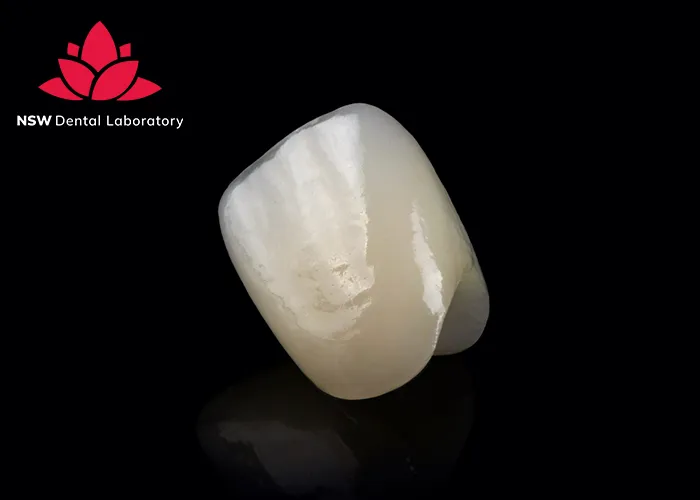
- Biocompatibility: Zirconia is a completely metal-free material that is safe for oral tissues and rarely causes allergic reactions or irritation. With its high biocompatibility, zirconia crowns are an ideal choice for patients who are sensitive to or allergic to metals.
- Easy Customization: Zirconia Crowns offer exceptional customization capabilities, thanks to their chemical composition and the advanced technologies in their fabrication. This high level of customization minimizes margin errors and ensures a perfect fit for each individual.
- Preservation of Natural Teeth: One of the most significant advantages of zirconia crowns is the minimal tooth preparation required compared to other types of crowns. In many cases, zirconia crowns necessitate the removal of less enamel, allowing for better preservation of the natural tooth structure while maintaining its strength and overall integrity.
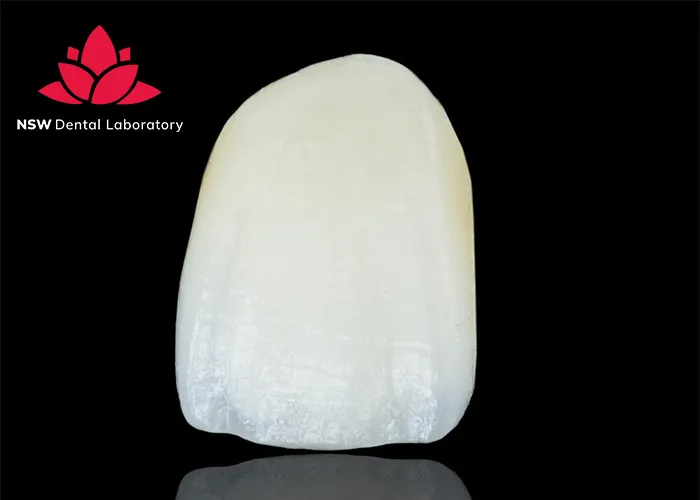
Disadvantages
- Cost: Zirconia Crowns offer durability and strength comparable to PFM (porcelain-fused-to-metal) crowns, but they tend to be more expensive due to their complex manufacturing process and high-quality materials. However, the integration of digital workflows and advanced manufacturing technologies can help reduce these costs.
- Limited Translucency: While most zirconia crowns offer excellent aesthetics, early traditional versions such as monolithic zirconia or full zirconia had limited translucency. They do not achieve the same level of transparency as natural teeth or certain other ceramic restorations. However, with the rapid advancements in materials and technology, newer zirconia crowns are now manufactured at optimal temperatures with shorter sintering times to enhance translucency. Options such as high-translucency zirconia and multilayered zirconia provide improved optical properties, closely mimicking natural teeth.
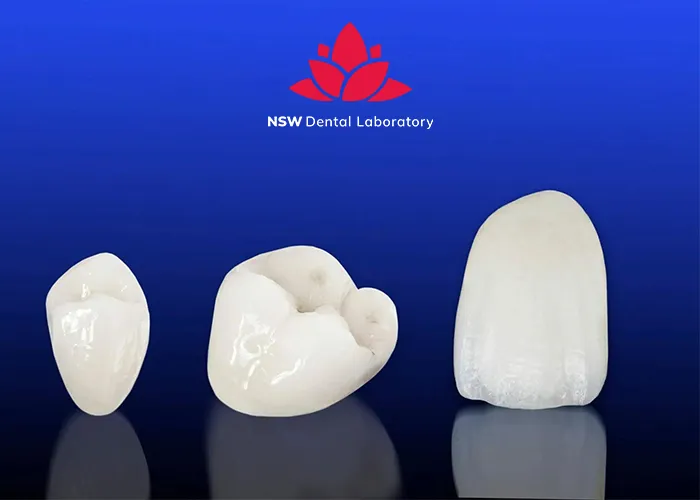
- Wear on Opposing Teeth: Zirconia Crowns are known for their exceptional durability; however, their hardness can sometimes cause wear on opposing teeth that come into contact with them. This issue can be mitigated through proper occlusal adjustment or by using a night guard to minimize excessive wear.
- Complex Manufacturing Process: Zirconia Crowns require CAD/CAM technology for fabrication, necessitating a well-equipped dental lab and highly skilled technicians. This can increase both the cost and production time.
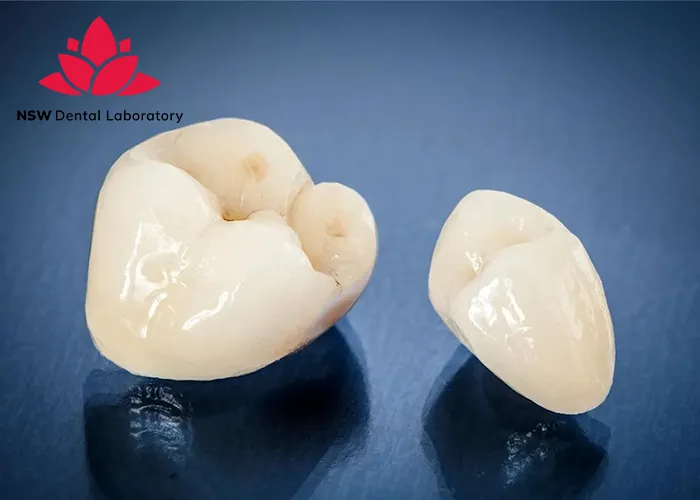
Types Of Zirconia Crowns
Zirconia Crowns are classified based on their composition, translucency, and clinical applications. Generally, there are three common types:
Solid Or Monolithic Zirconia
Solid Zirconia or Monolithic Zirconia offers exceptional strength and durability due to its high concentration of stabilizing agents. However, it has a higher opacity, making it more suitable for posterior crowns, especially for patients with bruxism. Solid zirconia is also highly effective in masking severely discolored teeth, particularly those that have darkened due to previous dental treatments, such as a post and core or an implant-supported restoration.
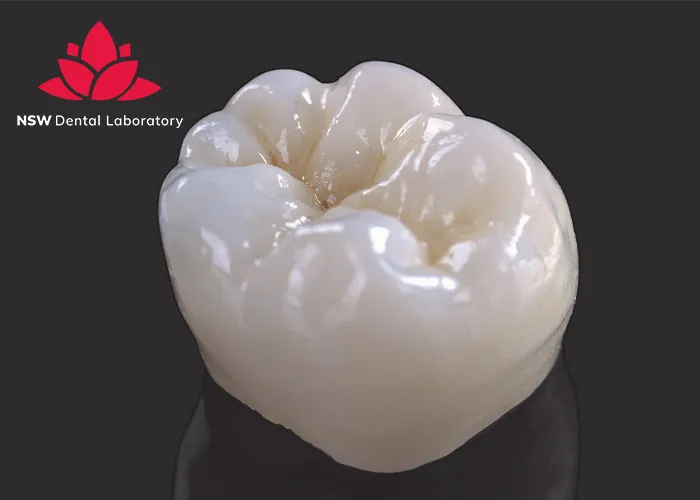
Solid zirconia
Layered Zirconia
Layered Zirconia is coated with a special ceramic layer that is more translucent and opaque, allowing for optimal aesthetics. This makes it a popular choice for anterior crowns in highly visible areas. However, despite its superior aesthetics, layered zirconia has lower durability compared to solid zirconia, making it less suitable for posterior teeth that endure heavy chewing forces.
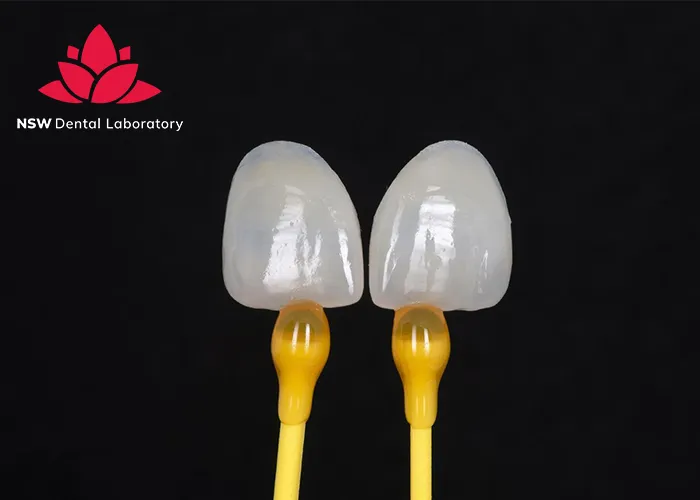
Layered Zirconia
High Translucent Zirconia
High translucent zirconia is considered the most natural-looking of all zirconia types. Its heightened translucency allows it to reflect the color of the surrounding teeth, resulting in crowns that seamlessly blend with the rest of the dentition. Due to its inherent natural fluorescence under all lighting conditions—whether daylight, sunlight, or black light—the restoration always appears natural without the need for a special fluorescent glaze.
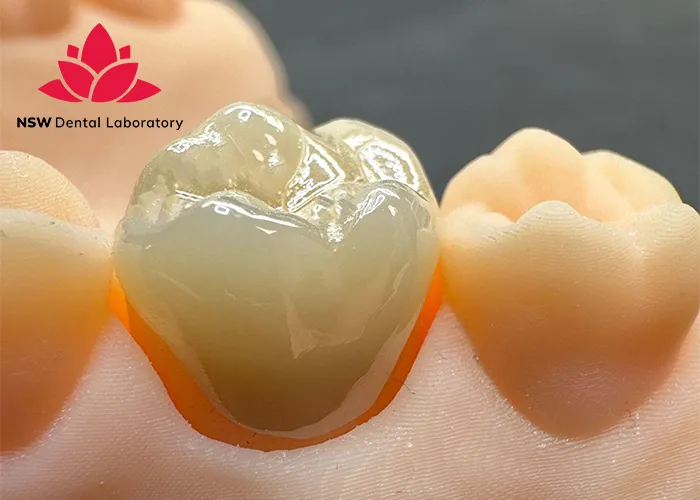
High Translucent Zirconia
Conclusion
Don’t let the potential challenges or drawbacks of Zirconia Crowns prevent you from providing strong and aesthetic restorations for your patients. The team of skilled staff and technicians at NSW Dental Lab, with unmatched experience, expertise, and product knowledge, can deliver precisely milled zirconia crowns with a natural-looking luster, as well as exceptional strength and durability.
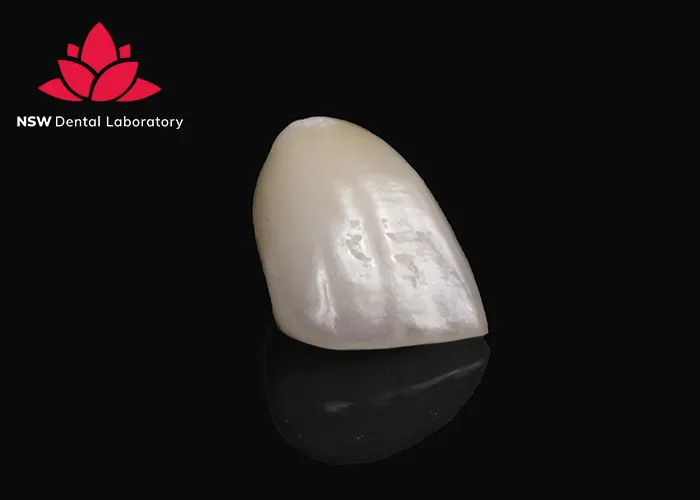
In addition to Zirconia Crowns, we offer a full range of other restorations, including gold, Emax, and PFM crowns, ensuring the highest standards of quality and aesthetics. Explore all NSW Dental Lab products here.

